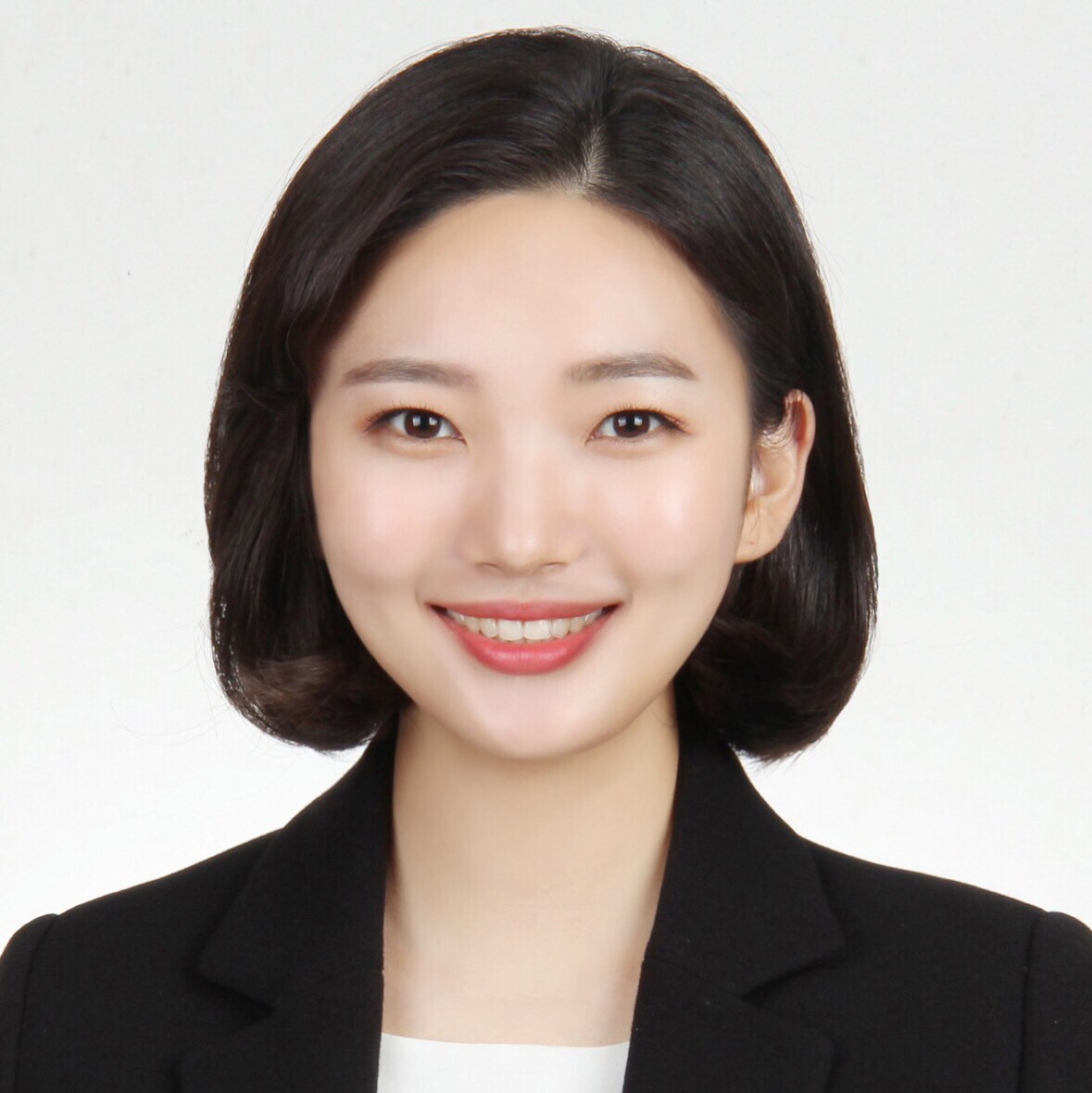No return of trainee doctors pushes hospital overhauls
By Choi Jeong-yoonPublished : July 28, 2024 - 16:19

As the deadlock within South Korea's medical community extends into its sixth month, with no sign of trainee doctors returning to hospitals, the government is set to finalize a structural transformation plan by next month that will allow advanced general hospitals to operate without junior doctors.
The government plans to transform advanced general hospitals, which have traditionally depended heavily on trainee doctors, into physician-centered institutions focused on critical and emergency care.
Under the scheme, hospitals will be operated by skilled personnel such as specialists. On-call duties that have been centered on junior doctors -- considered a “young and cheap labor force” -- will be counteracted by a team of physicians and physician assistants. PA nurses will be licensed through the enactment of the Nursing Act.
The government will also gradually reduce the proportion of junior doctors, who account for about four out of 10 doctors in Korea's top general hospitals. In hospitals in major countries such as the United States and Japan, the proportion of junior doctors is about 10 percent.
The government will also continue to push for improved working conditions, one of the demands of trainee doctors.
The working hours for trainee doctors will be reduced from 80 to 60 hours per week, and the number of hours they can work continuously without a break will be reduced from 36 to 24 hours.
In addition, training will be internalized by expanding the number of supervising specialists, and state responsibility will be strengthened by supporting training costs.
The government also plans to establish a system in which advanced general hospitals focus on rare diseases, and severe and urgent care by actively utilizing physicians.
In addition, physicians in essential medical services, such as those specializing in severe and difficult treatments, will receive better compensation. The reimbursement system will also be strengthened.
Such changes come amid the prospects of having new doctors next year are grim.
While the second half of recruitment for 7,645 junior doctors who will start training in September is to be held until the end of this month, only a few doctors are expected to apply. This is despite the government's bold decision to offer a special exception for those who apply in September, according to medical circles Sunday.
The majority of trainees are expected to choose other paths, such as opening a practice as a general practitioner or enlisting in the military, rather than returning to a training hospital.
There is also a possibility that hospitals may not hire training doctors at their discretion giving excuses such as a lack of qualifications or competencies.
According to a survey on the recruitment of trainees in the second half of the year conducted by the Medical Professors Association of Korea, over half of the 3,039 professors surveyed said they would not recruit training doctors at all in the second half of the year.
“The recruitment of the second half of the year is underway, but even those in charge of the Ministry of Health and Welfare expect the return rate of resigning trainee doctors to be very low,” according to the emergency committee of the professors of the so-called "Big 6" medical schools, which refers to large hospitals in Seoul.
Most medical students who are prospective doctors have also decided not to take the national examination, which will cause a major disruption in the supply of doctors.
According to the Health Ministry, only 159 students, or 5 percent of the 3,000 fourth-year medical students, applied for the state licensing exam that allows them a domestic doctor’s license.





![[Herald Interview] How Gopizza got big in India](http://res.heraldm.com/phpwas/restmb_idxmake.php?idx=644&simg=/content/image/2024/11/20/20241120050057_0.jpg&u=20241120164556)


![[KH Explains] Dissecting Hyundai Motor's lobbying in US](http://res.heraldm.com/phpwas/restmb_idxmake.php?idx=644&simg=/content/image/2024/11/20/20241120050034_0.jpg&u=)
![[Kim Seong-kon] Farewell to the vanishing John Wayne era](http://res.heraldm.com/phpwas/restmb_idxmake.php?idx=644&simg=/content/image/2024/11/19/20241119050096_0.jpg&u=)
![[Graphic News] 70% of S. Koreans believe couples can live together without tying the knot: survey](http://res.heraldm.com/phpwas/restmb_idxmake.php?idx=644&simg=/content/image/2024/11/19/20241119050098_0.gif&u=)







![[Today’s K-pop] Blackpink’s Jennie, Lisa invited to Coachella as solo acts](http://res.heraldm.com/phpwas/restmb_idxmake.php?idx=642&simg=/content/image/2024/11/21/20241121050099_0.jpg&u=20241121172748)